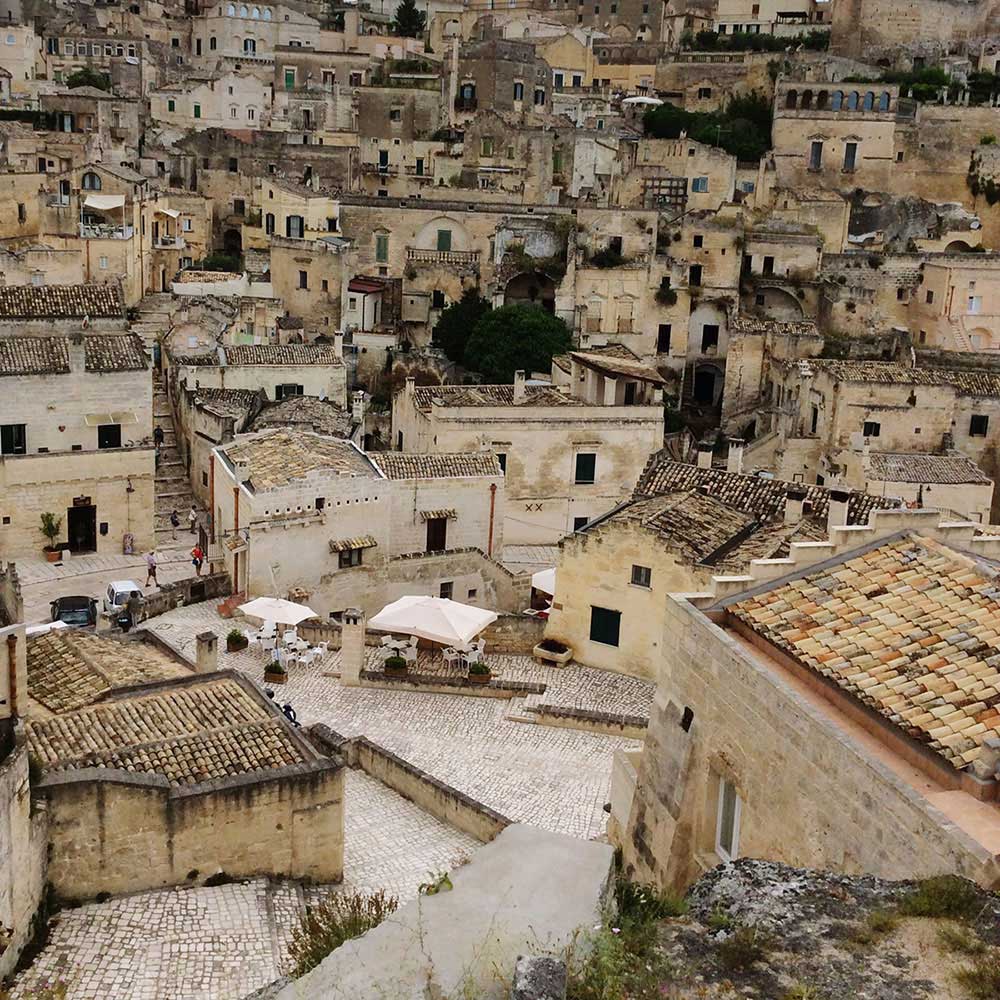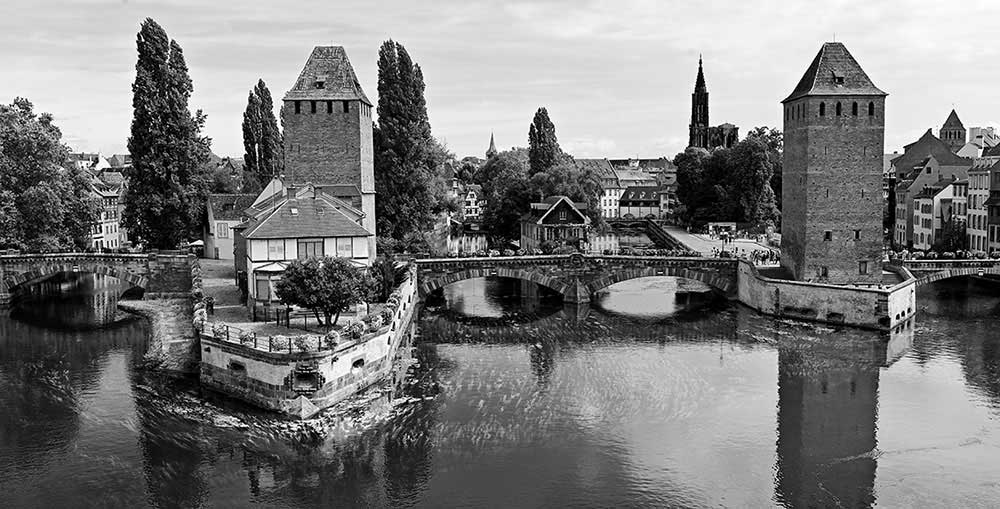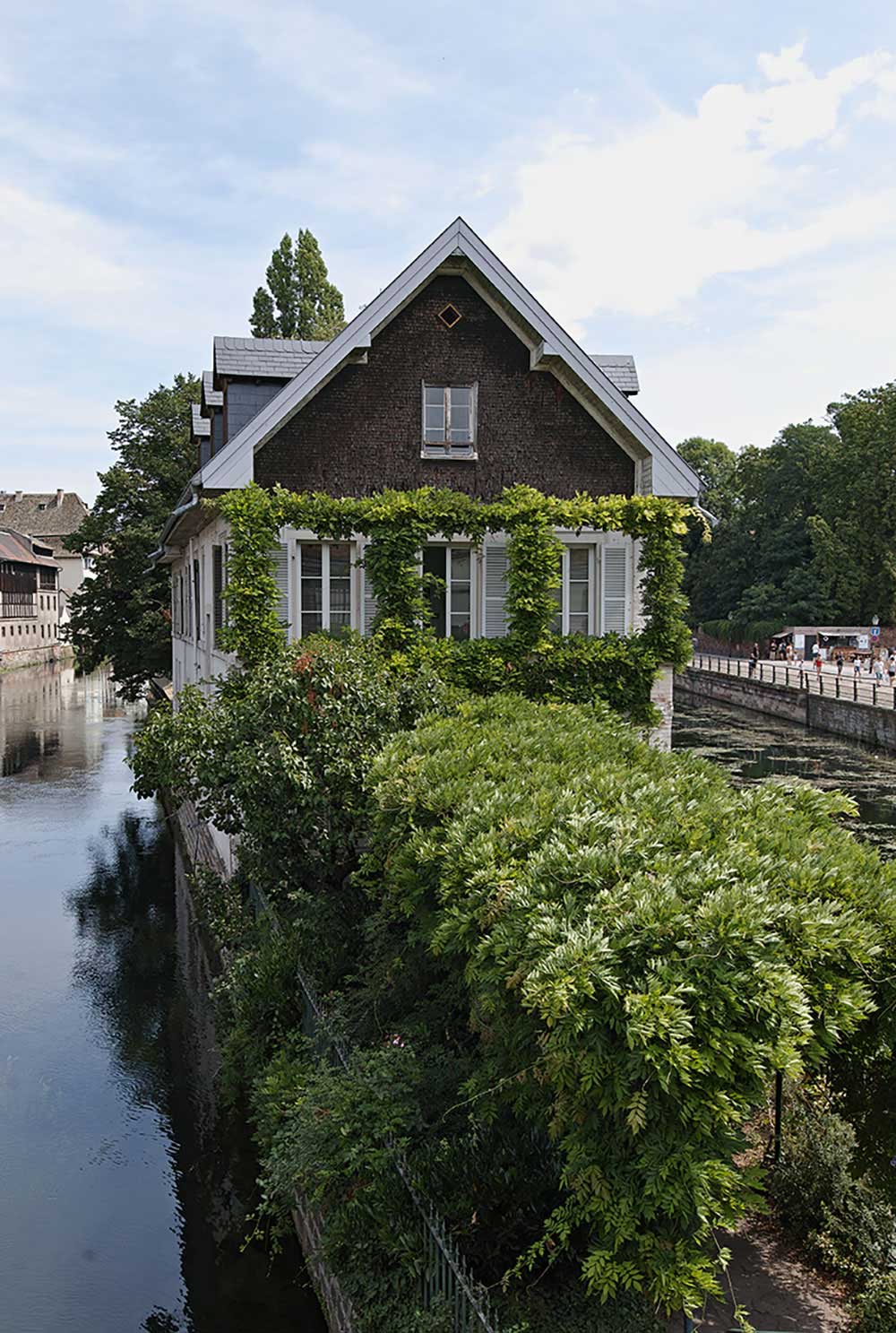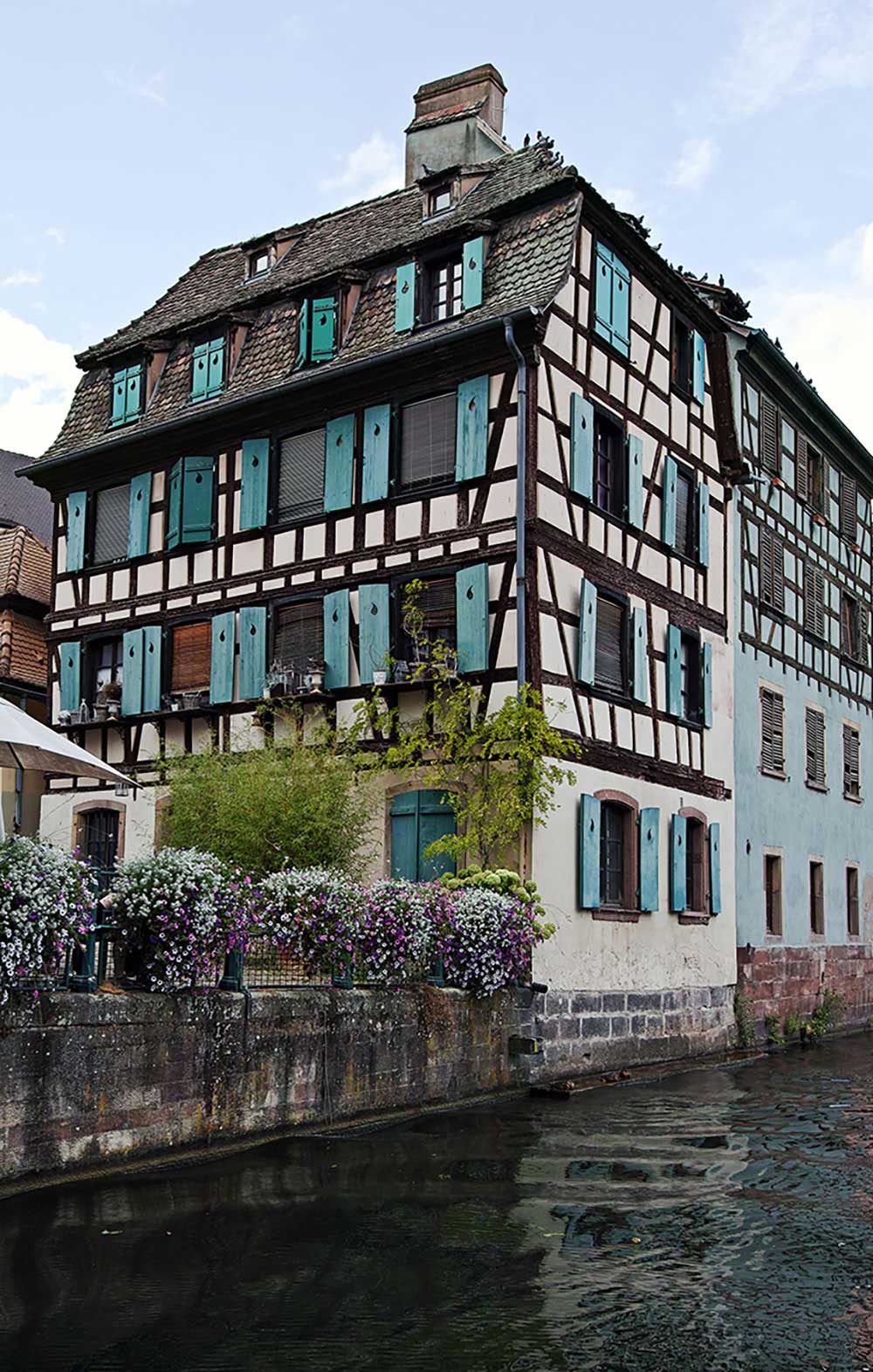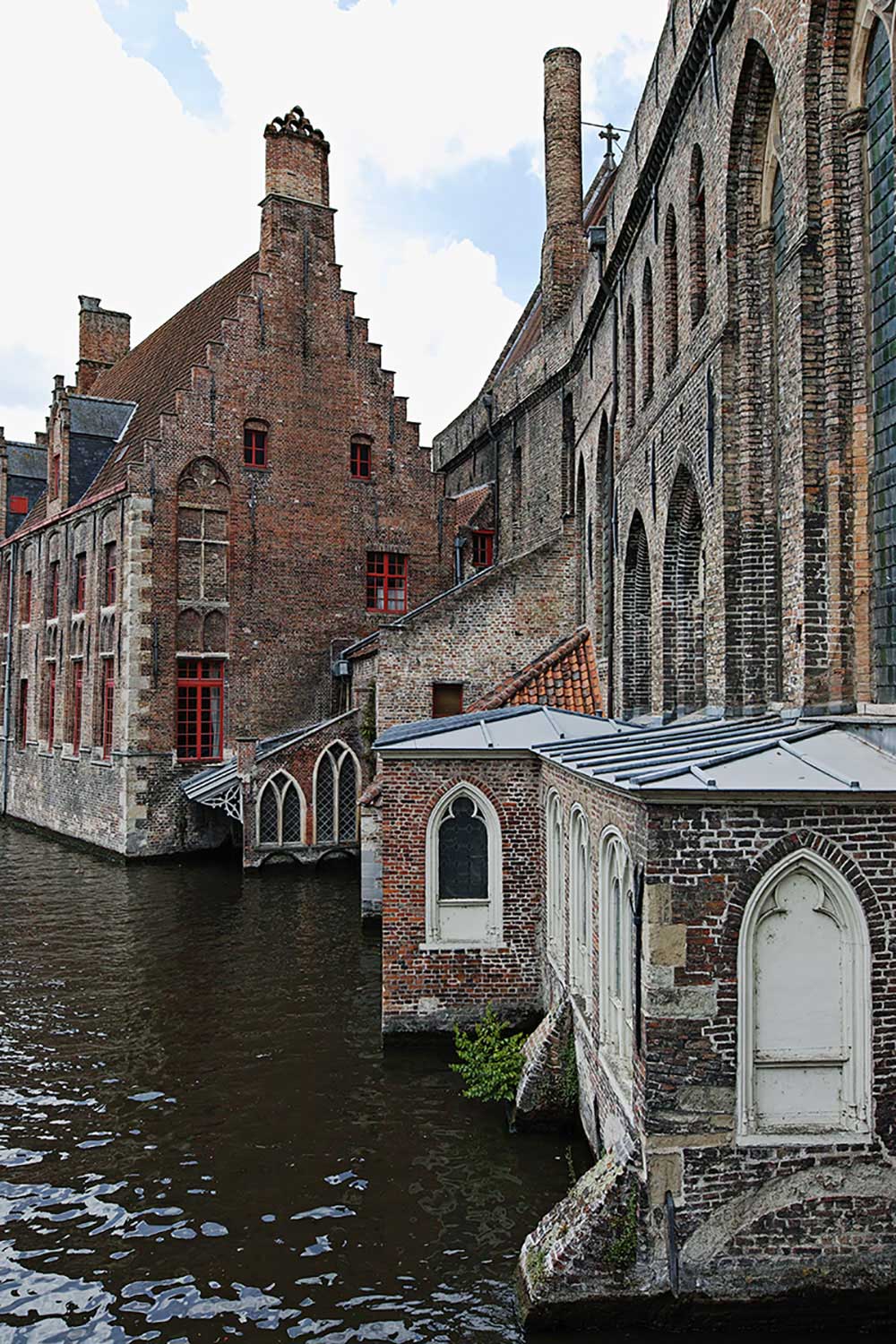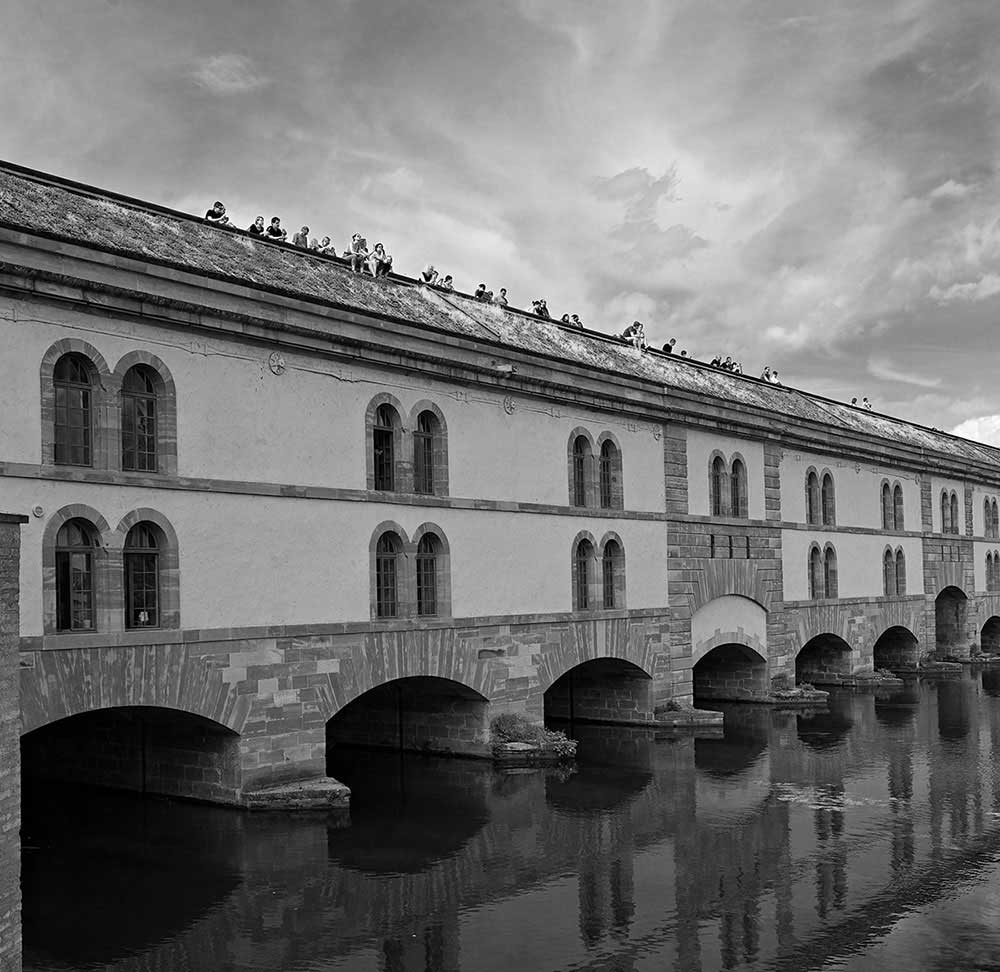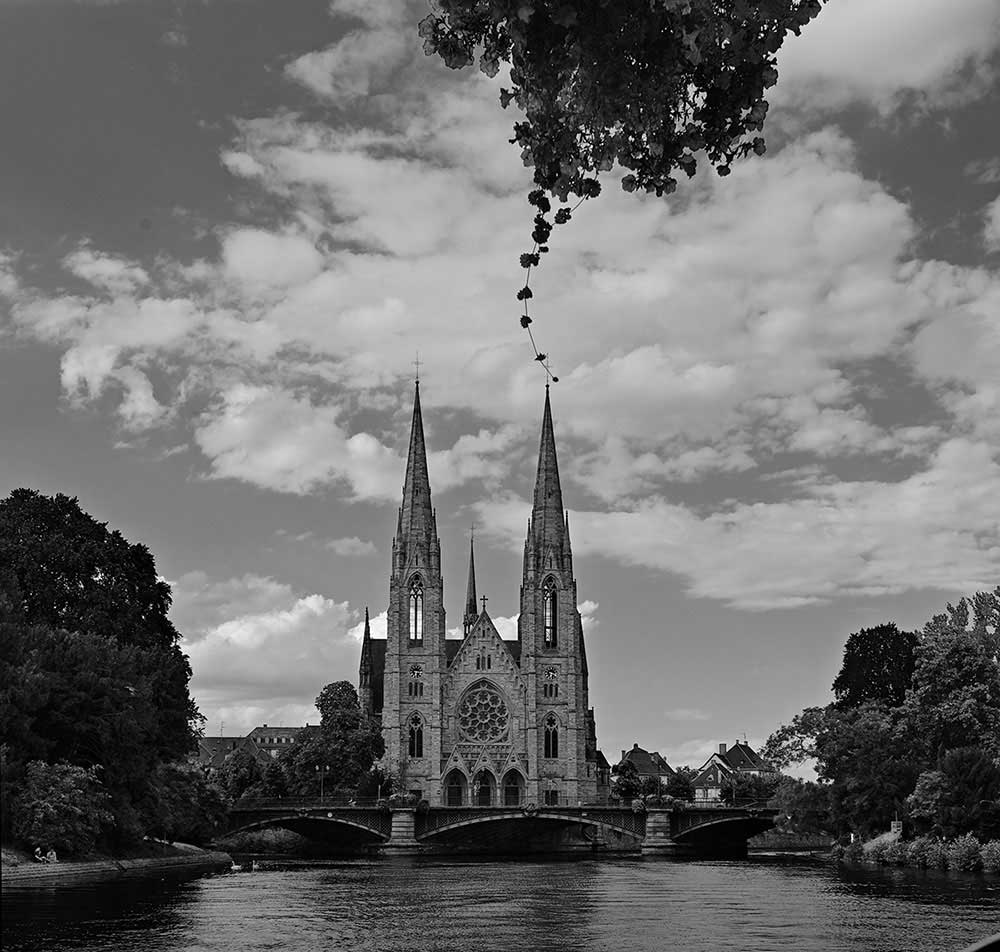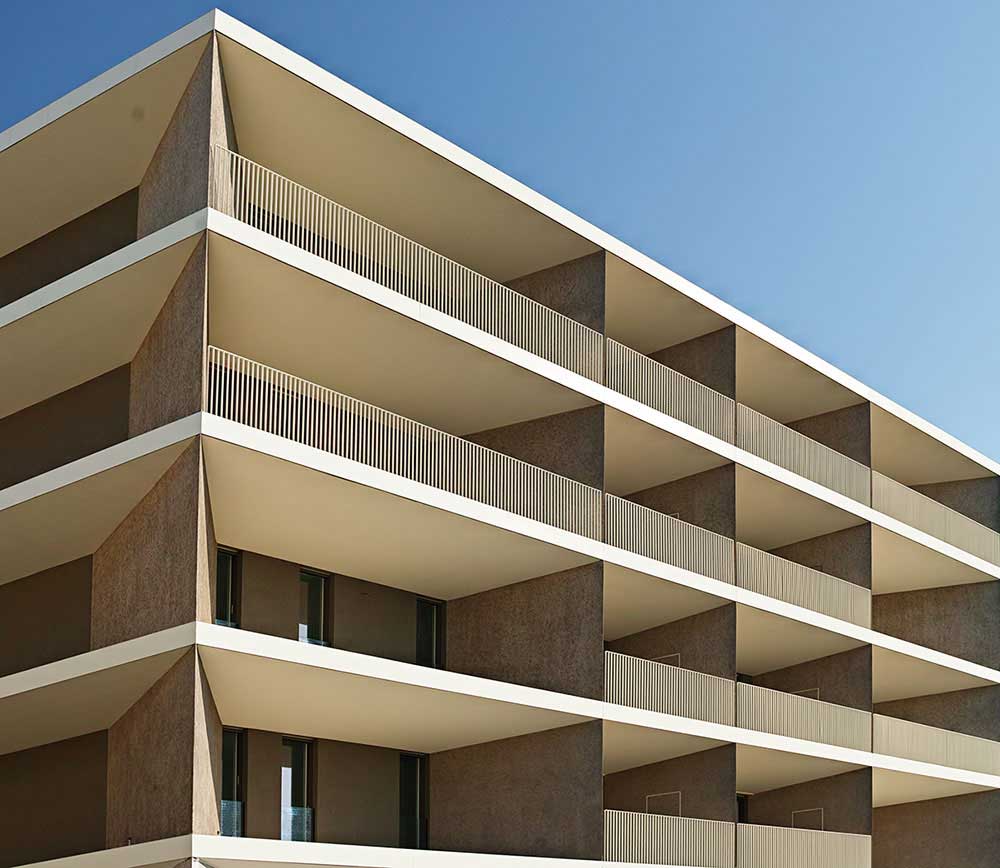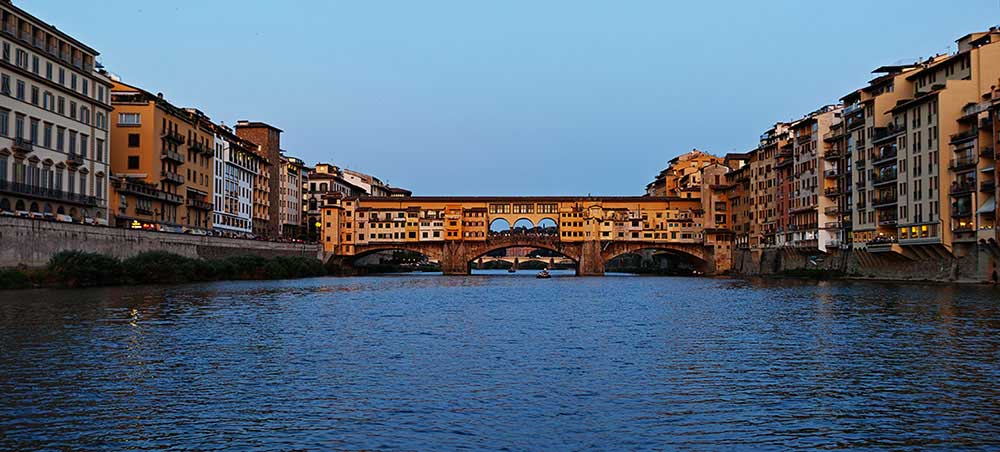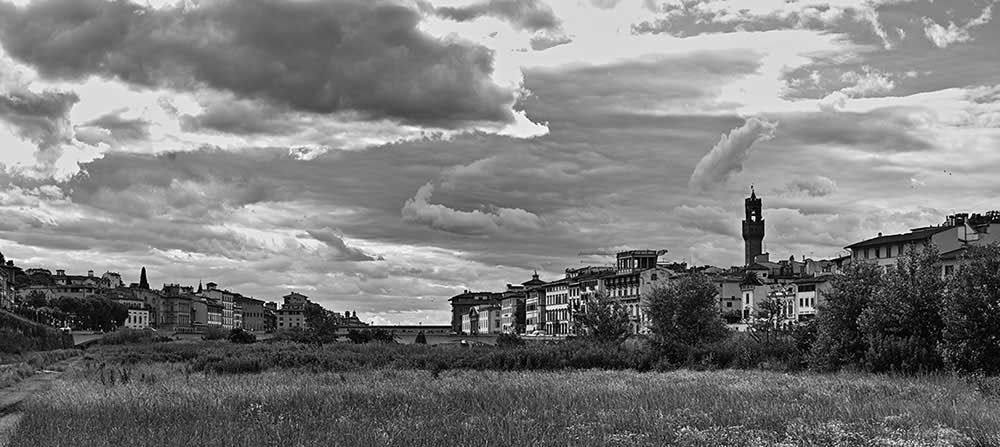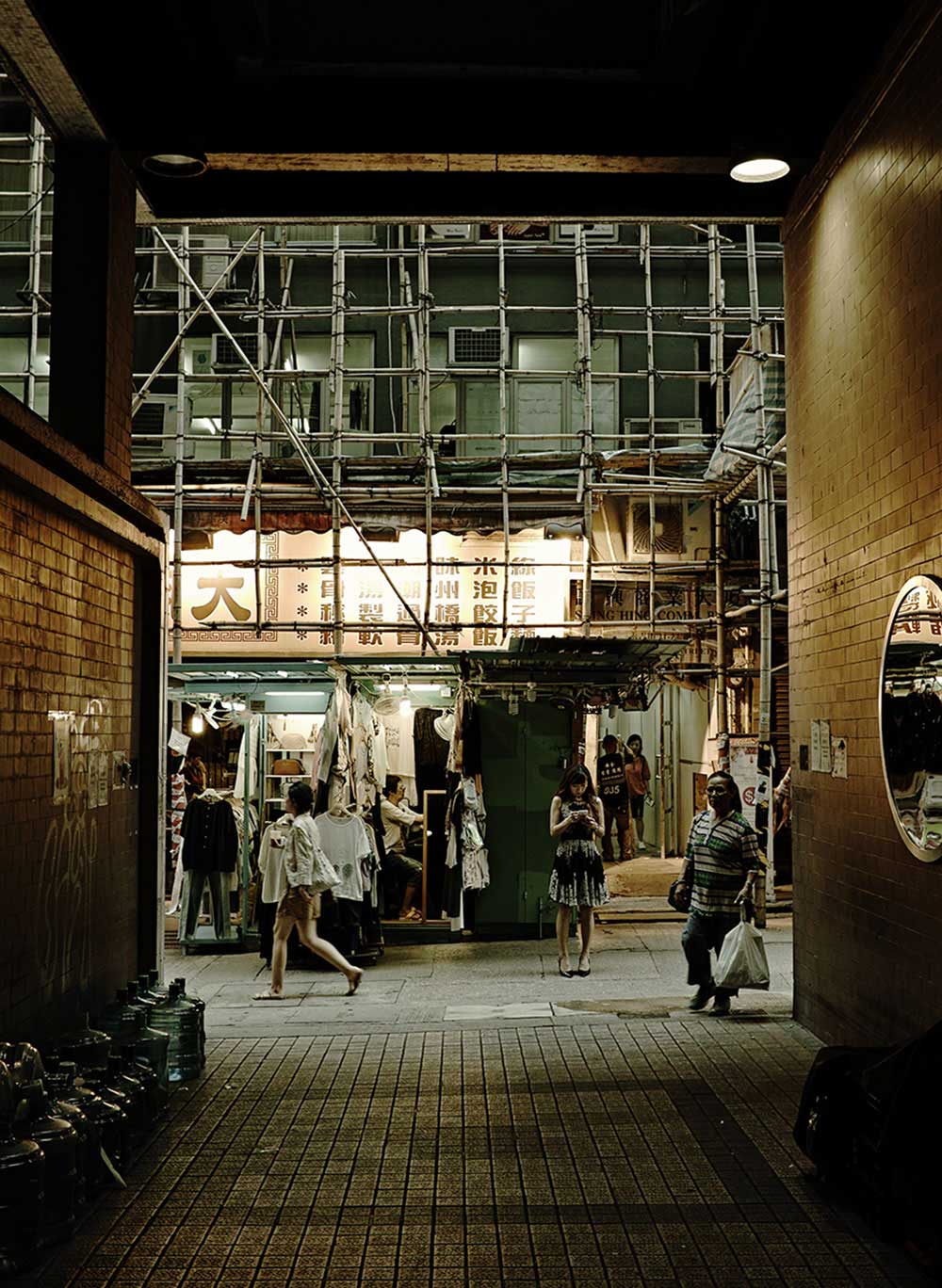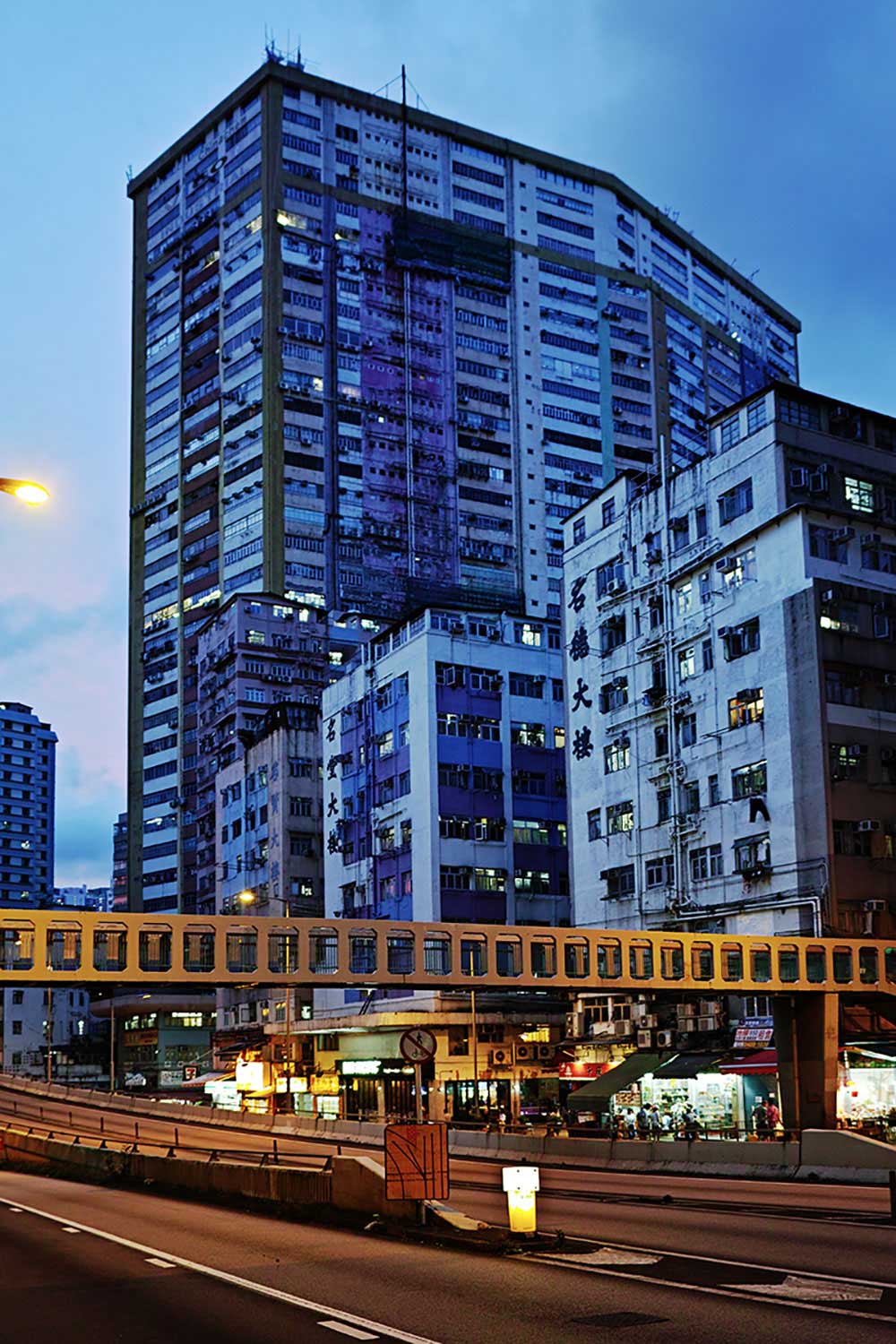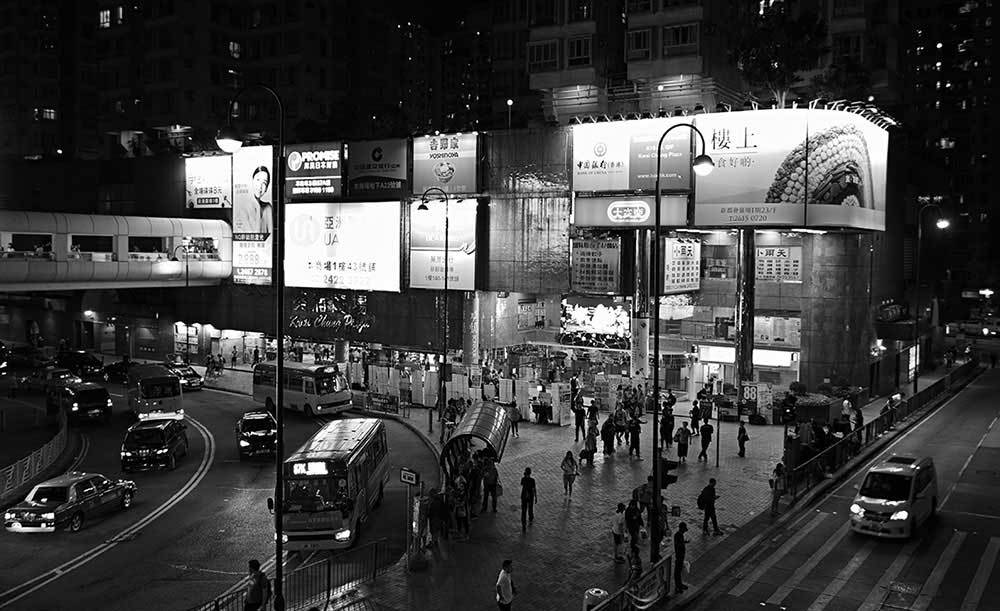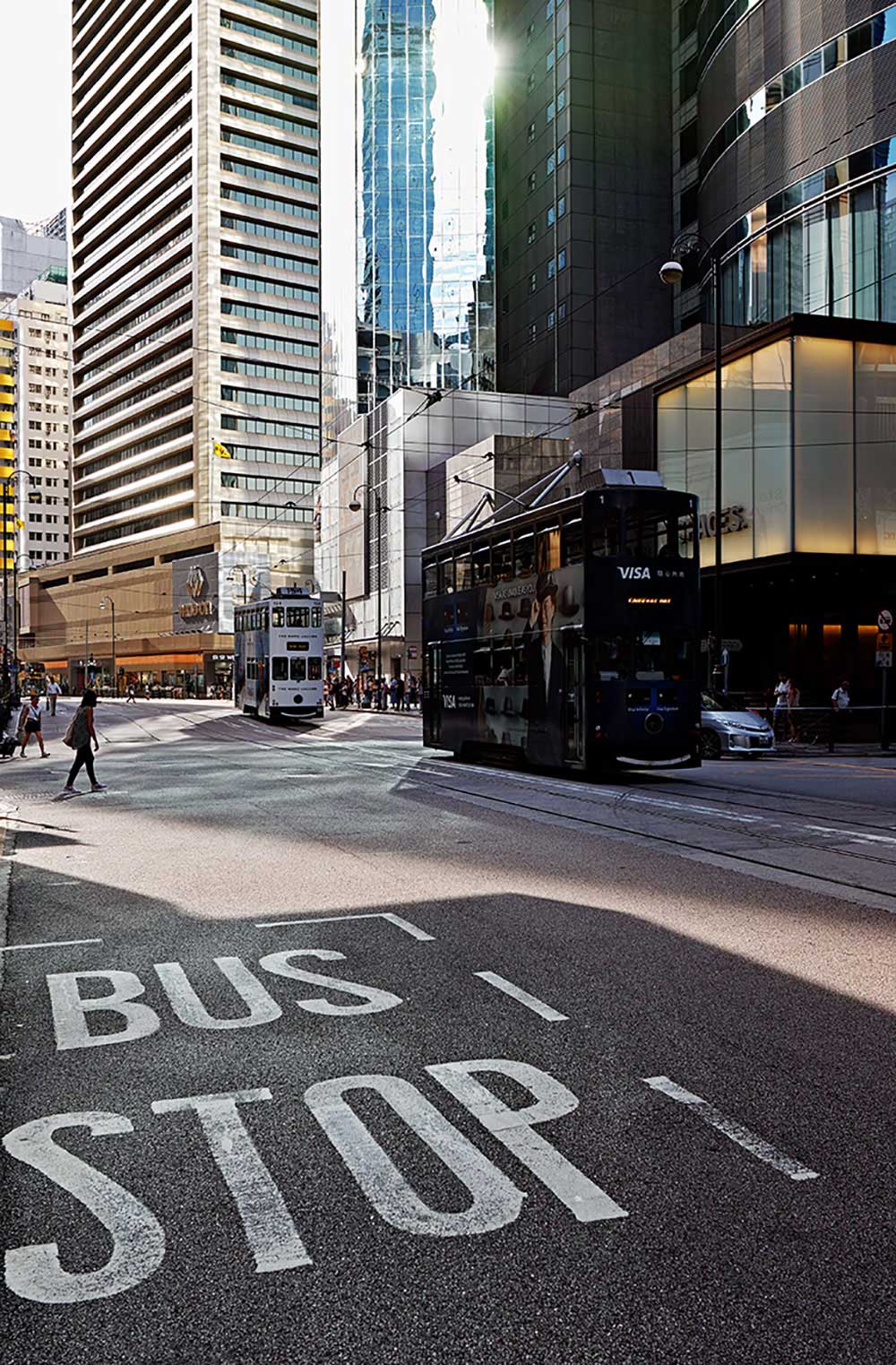I travel often for work: Europe and Asia are the main areas of my work. 1996 was the first year I visited Hong Kong before the state returned to the People’s Republic of China; November 2019 the last trip to the far south of Korea, before Covid-19 stopped everyone at home.
The landscape of cities is often the very first image we have of a country. As soon as we land at the airport, with a taxi or a fast train we are taken to a city and we begin to have an impression on the culture, the people, on wealth or poverty and safety.
As you get closer to the city you start reading the signs, the various directions, we may meet the suburbs with slums or favelas, you start to see the skyscrapers, you may see areas or buildings seen before only in the photos, you start to smell them, in essence let’s start discovering a country and get an idea of what awaits you on the journey.
Cities do not only represent themselves, but above all the country in which they are located and the idea that a country wants to give of itself.
Just think of the idea we have of the United States looking to New York or Los Angeles, the idea of China, visiting Beijing, Shanghai or Hong Kong, Singapore if you visit South-east Asia, Tokyo for Japan, Seoul for Korea and so on.
At the same time, they show all the idiosyncrasies, all the problems of a country.
I look at cities as they are. There are cities that present their own history, others that want to represent the idea of the future of a country, some are very friendly, some are very chaotic and quite difficult to bear, some are so small that you can visit on foot, some are like this large that it may take a day to go from one side to the other …
Let’s start taking a look at Matera.
Matera is one of the oldest cities in the world. Located in the south of Italy, its history begins in the Neolithic more or less 10,000 years ago. Most of the houses are carved into the rock and still inhabited; Matera is a UNESCO World Heritage Site. Visiting Matera you can have a look at what the cities have been in the history of humanity from the beginning of the settlements of the ancient cities up to the medieval era.
Then Strasbourg.
Strasbourg is one of head office of the EU parliament and well represents the cities of the Middle Ages, where buildings and water come together for the survival of citizens. Even with the typical half-timbered houses, they very well represent the style of medieval houses in northern France, northern Germany and Belgium. Strasbourg shows all the changes and the reconstruction of European cities which began in the Gothic era.
After, Florence and the Renaissance
What to say about this city: pure art. Florence is the perfect combination of new art, new era, putting Men and Mankind as the Measure of the Universe, taking instructions from the classical Roman and Greek era, reshaping them with new philosophical teachings and taking them into the future: this is the Renaissance.
Sculpture, architecture, painting, philosophy, Leonardo Da Vinci, Michelangelo….
Italy has half of all the artistic heritage of the whole world and Florence has half of all the artistic heritage of Italy.
Walking through Florence, one walks in the history of Art, one lives in Beauty, one breathes Harmony.
Finally a new era and beyond, the new millennium with the Chinese cities.
Chinese cities, especially Hong Kong and Shanghai, very well represent the being of a city in the future years.
Hong Kong was the first to take the Chinese city into a new era. From the last decades of the 20th century it was possible to find there a new concept of the city, where the skyscrapers, the mobility of people and cars and the subway were well balanced together. Unfortunately, today the architectural development of the city was so high in such a small space that now it can happen to feel suffocated by all the surrounding skyscrapers, but a new the urban development of the New Territories is leading the city to a new phase.
The futuristic era of cities is perfectly represented by Shanghai.
A person can really understand what future city he can be by visiting this city: it is the quintessence of how business and concentration of money is developing urbanism, architecture, lifestyle and continually building, digging, modifying the districts, connecting hub and so on.
Everything is created in an incredibly fast and rushed time. If you visit the city regularly, every time you see a new part already built. The tallest skyscrapers in the world, the fastest train to the airport: you can really feel the economic and financial power of a new world leader country, the political direction and the Power of China.
China represents the perfect leading country of a new era:
– More than a billion citizens who speak the same language
– No power or interest of religion
– No consciousness of the past: only study of modern history (from the Chinese revolution)
– One only political idea
– Incredible economic power increasing every day
– People boundless faith in the future
In the future we will all be Chinese!
A specific part of the City Landscape Project shows Water towns: see Amsterdam, Rotterdam, Delft, Qibao (one of the beautiful Chinese water towns) and so on …
The unity of these two elements (city and river) has been fundamental for the development of peoples and the cities throughout history and they have always fascinated me.
Let’s think of the cities of ancient Mesopotamia, up to Venice or the new studies of the connection of cities between navigable rivers… This is a part of this project that is still under development.
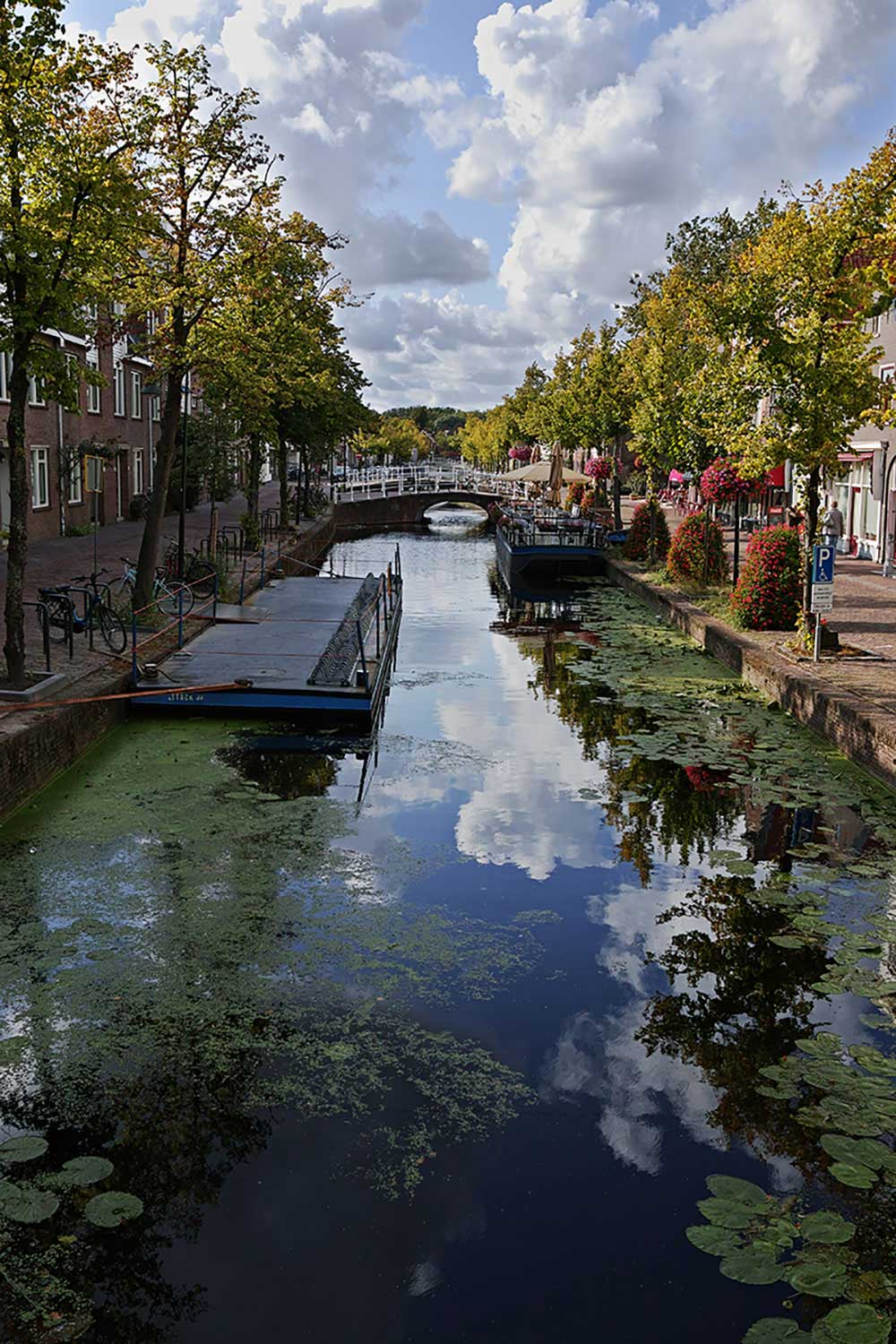
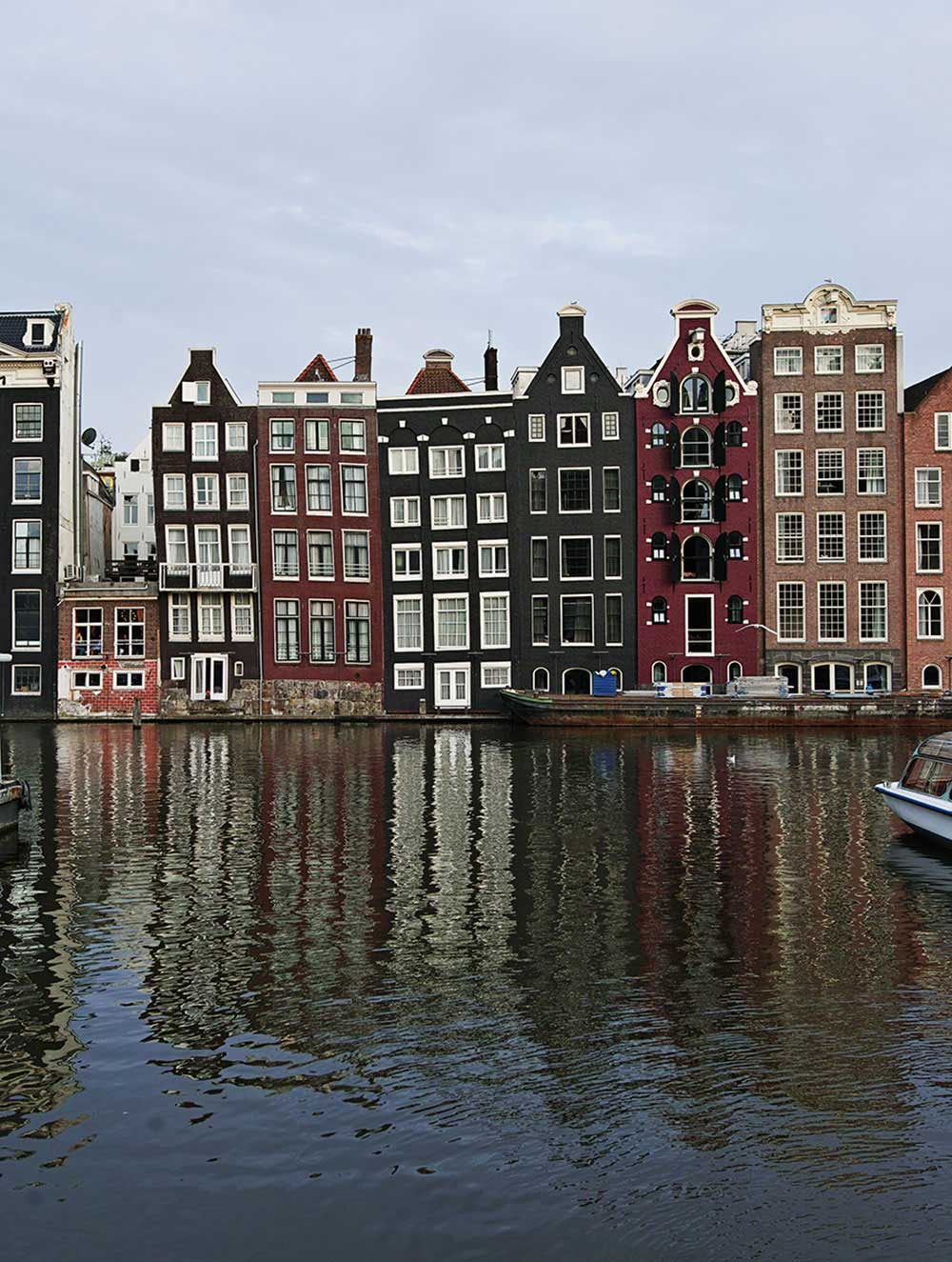
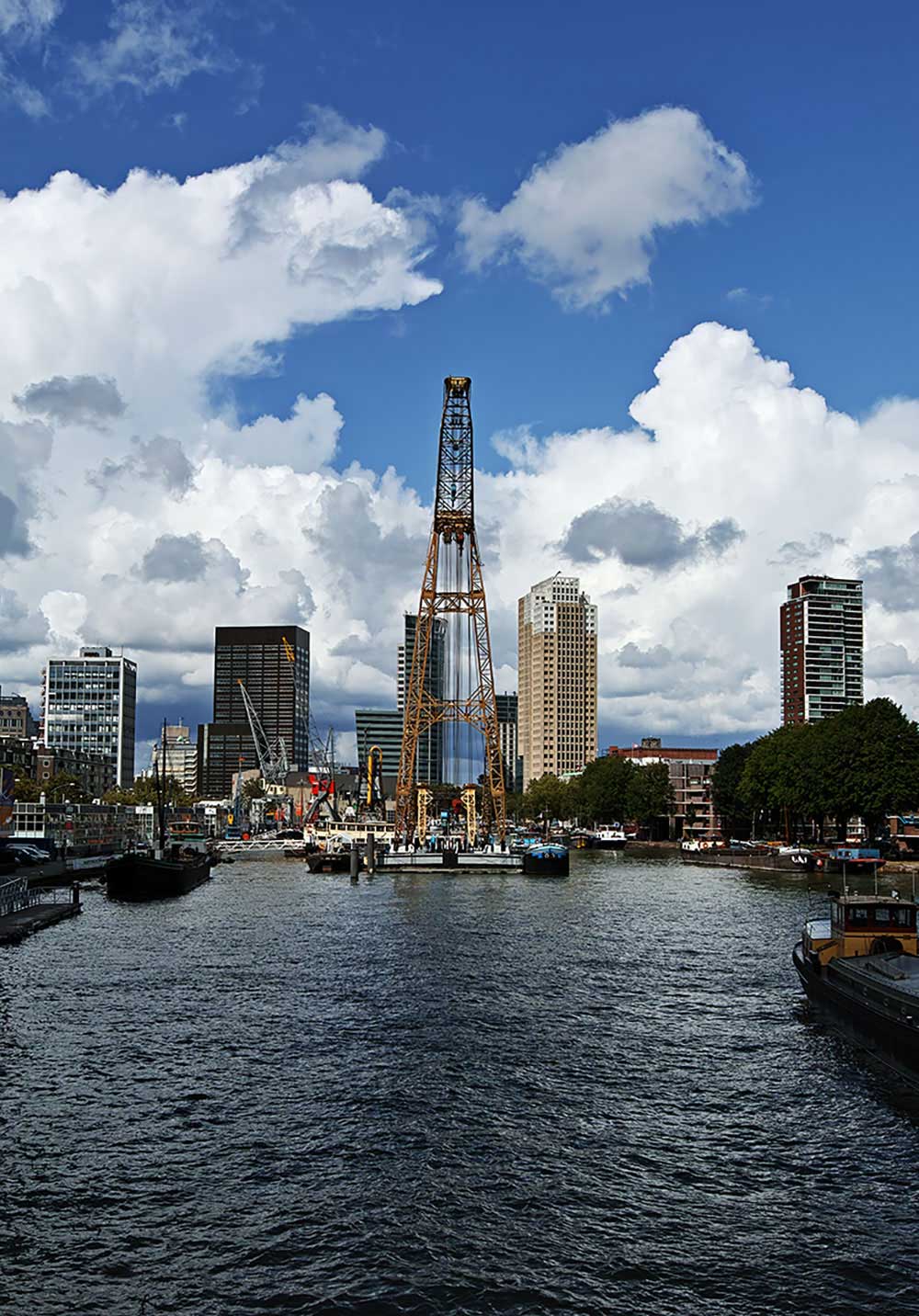
About Maximilian Chini
Born in Florence (Italy) in 1967. Photographer and Designer. His adventure in photography begins at the age of eight with Kodak Instamatic 130. His photography captures what he sees around, nothing is construction, everything is real. Emotions, lines, colours, shapes, harmony, balance: with his photography things show themselves as they are. Urban landscapes, nature, architecture, interiors, industrial structures are the fields of his work; the media, industry and magazines are the main customers. He shoots with a Sigma SD4 mirrorless camera and 20mm and 105mm fixed lenses, also from Sigma, ART line. [Official Website]



